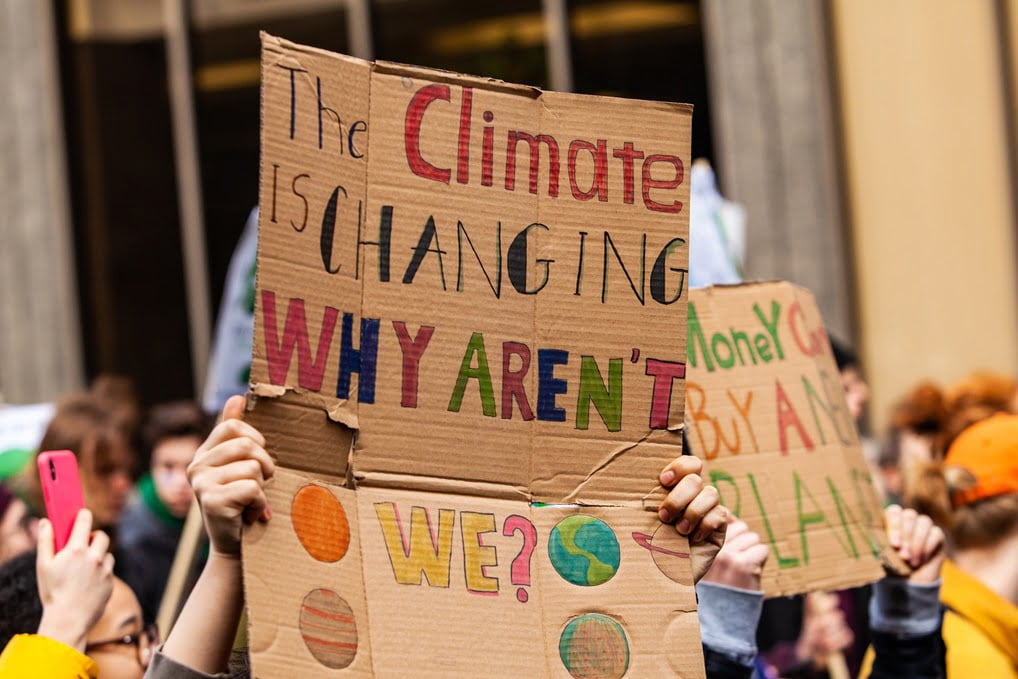Climate change is related to the global phenomena of transformation of the climate, which has a considerable influence on the Earth’s usual climatic conditions like temperature, precipitation, and wind. They are mostly caused by man-made activities. Despite this, many individuals are uninformed of the true effects of climate change, and their daily habits considerably increase their risk. Global warming, which increases the earth’s temperature is produced by the greenhouse effect, is the primary cause of climate change. Additionally, rapid urbanization, the industrial revolution, and the emission of fossil fuels affect climate change.
Through the effective use of data, learning algorithms, and sensing devices, artificial intelligence (AI) has the capacity to analyze, predict, and mitigate the risks of climate change. AI improves our understanding of the effects of climate change across multiple geographical places by generating effective models for weather forecasting and environmental monitoring. It evaluates climatic data and forecasts weather events, extreme weather conditions, and other socioeconomic consequences of climate change and precipitation.

Climate Change Mitigation
Energy Management
In energy management, the function of artificial intelligence in predicting and learning is essential. These intelligent systems can assess occupancy behavior, fault or weather forecast, and energy consumption patterns in order to enhance energy efficiency while maintaining comfort levels depending on indoor environmental conditions. Some significant benefits of artificial intelligence include maintaining a power balance in the midst of changes in the characteristics of renewable energy sources and preventing protracted blackouts.
Energy management can be performed more automatically and intelligently without human intervention by employing Artificial Intelligence, but most energy systems are still handled manually or at a basic level of automation. Energy system automation supports fault diagnosis, restoration, network security, and energy-efficient operation.
Carbon Capture and Storage
Carbon capture and storage (CCS) is a technology that captures carbon dioxide emissions from power plants and other industrial facilities and stores them underground. AI can help optimize CCS systems to increase their efficiency and reduce costs. For example, AI can be used to identify the most suitable locations for CCS facilities, monitor CO2 emissions, and predict future CO2 emissions.
Climate Modeling
AI can also be applied to enhance the precision of climate models. Climate models are used to forecast future climate change consequences and to influence policy decisions. AI can assist enhance climate model accuracy by evaluating massive volumes of data and discovering patterns and trends that humans might miss.
Agriculture
Agriculture is among the greatest contributors to global warming (methane, nitrous oxide, carbon dioxide emissions) and also from the conversion of non-agricultural land (e.g. forests) into agricultural land.
AI can contribute to the optimization of agricultural systems in order to minimize emissions. It can be applied to improve irrigation and fertilization, decrease waste, and encourage environmentally friendly techniques such as precision agriculture.
Climate Change Adaptation
Disaster Response
The Foundation of Earth’s observational data has increased enormously due to remote sensing (from satellites and drones), instrumental networks (from meteorological, hydrometeorological, and seismic stations), and crowdsourcing. Also, model architectures are constantly refined. As a result, it is to be predicted that ML will become increasingly prevalent in Disaster Response applications. Additionally, using ML-driven detection and forecasting of diverse natural hazard types, ML approaches are being used to enhance early warning and alert systems, as well as to assist in the generation of hazard and susceptibility maps. Therefore, AI can be used to improve disaster response efforts. For example, AI can be used to predict the path and intensity of hurricanes, identify areas at high risk of flooding, and monitor wildfires in real time.
Water Management
Using artificial intelligence to assess real-time water loss and automating pipes to cut off anytime there is a leak can help reduce water waste. AI can anticipate leaks in storage tanks and assist in their repair before it is too late. IoT-connected devices can connect more effectively and integrate diverse systems throughout a city or region.
Because AI operates on optics, it can be applied to identify the number and composition of toxic contaminants, increasing the efficiency of waste management systems. Water quality can be continually monitored, and real-time data on quality can be obtained using machine learning and big data. The use of neural networks and IoT will minimize energy expenses.
AI can be used to construct water treatment plants and determine the state of water resources. Water managers and government entities can use AI to create a smart water system capable of constructing efficient infrastructure for water management and adapting to changing conditions. These technologies will be cost-effective and long-lasting, allowing all water management solutions to be optimized and any problems to be predicted.
Health
Heatwaves, air pollution, and vector-borne illnesses are expected to become more common as a result of climate change. AI can help with discovering locations at high risk of these hazards and developing mitigation methods. For example, AI can be utilized to forecast the spread of illnesses like malaria and Zika, as well as find the most effective actions to prevent their spread.
The application of artificial intelligence (AI) in climate change mitigation and adaptation initiatives has the potential to significantly boost efficiency, accuracy, and innovation. However, it is essential that we tackle the potential challenges and limitations of integrating AI into these initiatives, such as data bias, lack of transparency, restricted accessibility, ethical concerns, and technological limitation. To successfully reduce and adapt to the effects of climate change, a multidimensional strategy incorporating a variety of techniques and methods will be required. We can strive toward a more sustainable and resilient future by addressing both the benefits and challenges of AI.






0 Comments